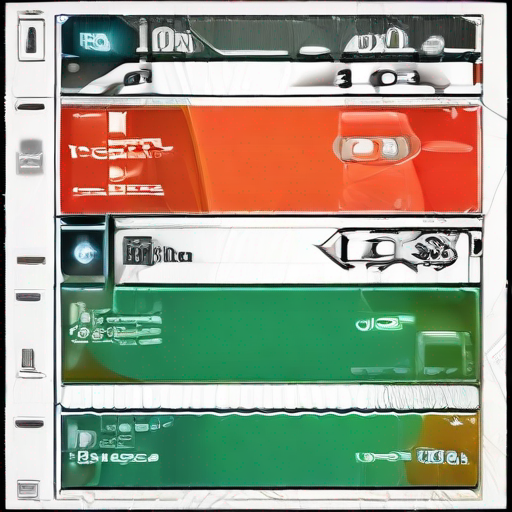DIY CO2 Generator Recipe: Make Your Own CO2 for Gardening and Brewing at Home
As a gardener or brewer, you know how crucial carbon dioxide (CO2) is for your plants’ growth and flavor. However, buying CO2 generators can be expensive and may not provide the precise levels of CO2 needed for optimal results. Fortunately, you can make your own DIY CO2 generator at home using simple and affordable materials. In this article, we’ll explore a recipe to create your own CO2 generator and show you how to use it for gardening and brewing.
Why Do I Need a DIY CO2 Generator?
Carbon dioxide is essential for plant growth, as it enhances photosynthesis and promotes healthy root development. For brewers, CO2 helps to carbonate beer, maintaining the perfect fizz and flavor. Without sufficient CO2 levels, plants may not thrive, and your brew might not turn out as expected.
DIY CO2 Generator Recipe
To make a DIY CO2 generator, you’ll need the following materials:
- 1 liter plastic bottle (PET or HDPE)
- 10-15 grams of calcium chloride (CaCl2)
- 10-15 grams of baking soda (sodium bicarbonate, NaHCO3)
- Water
Instructions:
- Prepare the Bottle: Cut the top off the plastic bottle, leaving about an inch at the bottom. This will serve as your CO2 generator’s container.
- Mix the Reactants: In a small bowl, mix 10-15 grams of calcium chloride and 10-15 grams of baking soda. The reaction between these two compounds will produce CO2.
- Add Water: Fill the bottle with water, leaving about an inch at the top.
- Add the Reactant Mixture: Pour the reactant mixture into the bottle, making sure to cover the entire surface area.
- Seal the Bottle (Optional): If you want to create a more controlled environment, you can seal the bottle using tape or glue. This will prevent air from entering and allow CO2 to build up.
How Does it Work?
The reaction between calcium chloride and baking soda is a reversible chemical process that produces CO2:
CaCl2 (aq) + 3NaHCO3 (s) → CaCO3 (s) + Na2CO3 (aq) + CO2 (g)
When you add water to the mixture, the calcium chloride dissolves and reacts with the baking soda. As the reaction progresses, CO2 is produced and builds up inside the bottle.
Tips for Using Your DIY CO2 Generator
To get the most out of your DIY CO2 generator:
- Monitor CO2 Levels: Use a CO2 meter or a simple pH indicator to monitor the CO2 levels in your system. This will help you adjust the reaction rate and optimize CO2 production.
- Adjust Reaction Rate: By changing the ratio of reactants, you can control the reaction rate and produce more or less CO2.
- Use with Caution: When using your DIY CO2 generator, make sure to follow proper safety precautions. Wear gloves and protective eyewear, and avoid inhaling any generated CO2.
Table: Comparison of DIY CO2 Generator vs. Commercial Options
| DIY CO2 Generator | Commercial Options | |
|---|---|---|
| Cost: | Affordable (<$10) | Expensive (>$50) |
| Customization: | Adjustable reaction rate and CO2 levels | Limited customization options |
| Portability: | Portable, lightweight | May be bulky and heavy |
| Maintenance: | Low maintenance, easy to clean | Requires regular maintenance and cleaning |
Key Takeaways
- Make your own DIY CO2 generator using calcium chloride, baking soda, and water.
- Monitor CO2 levels and adjust the reaction rate for optimal results.
- Use your DIY CO2 generator with caution and follow proper safety precautions.
For More Information on DIY CO2 Generators, Check Out diy co2 generator recipe
With this simple and affordable DIY CO2 generator recipe, you can create your own CO2 solution for gardening and brewing at home. By monitoring CO2 levels and adjusting the reaction rate, you’ll be able to optimize your system for optimal results. Remember to use your DIY CO2 generator with caution and follow proper safety precautions. Happy crafting!
